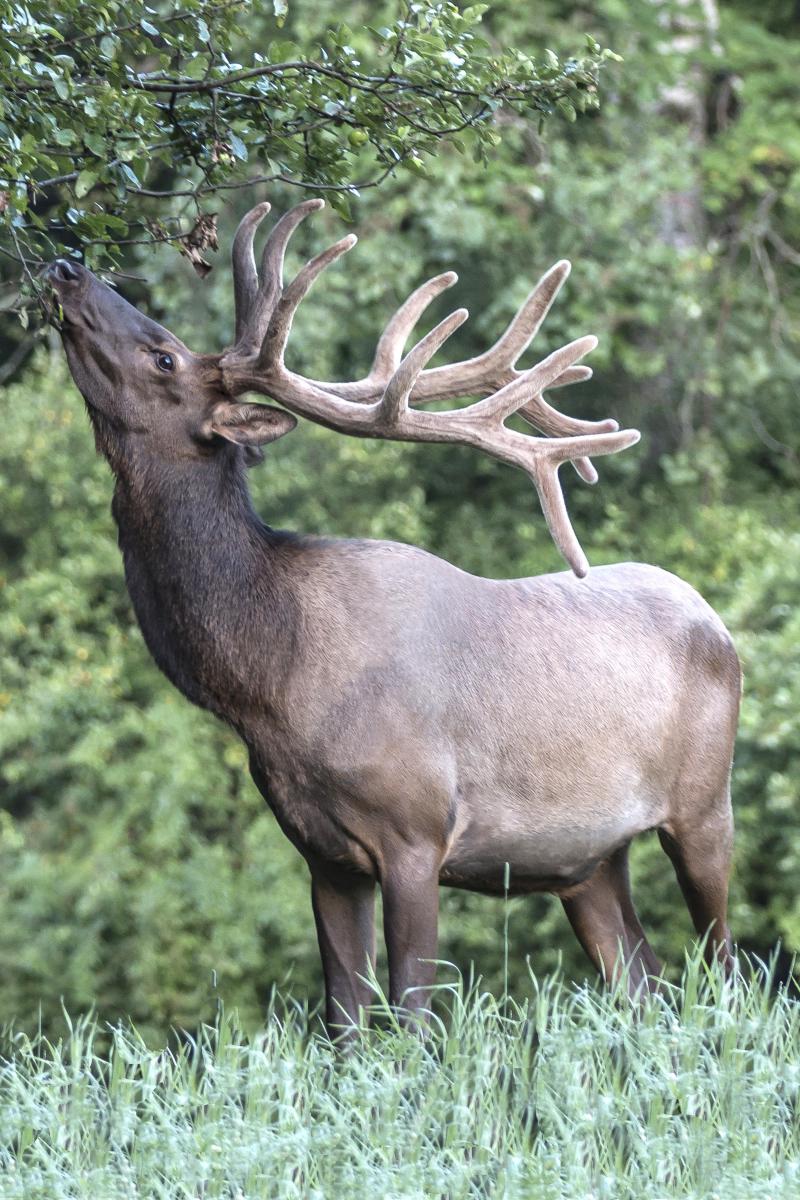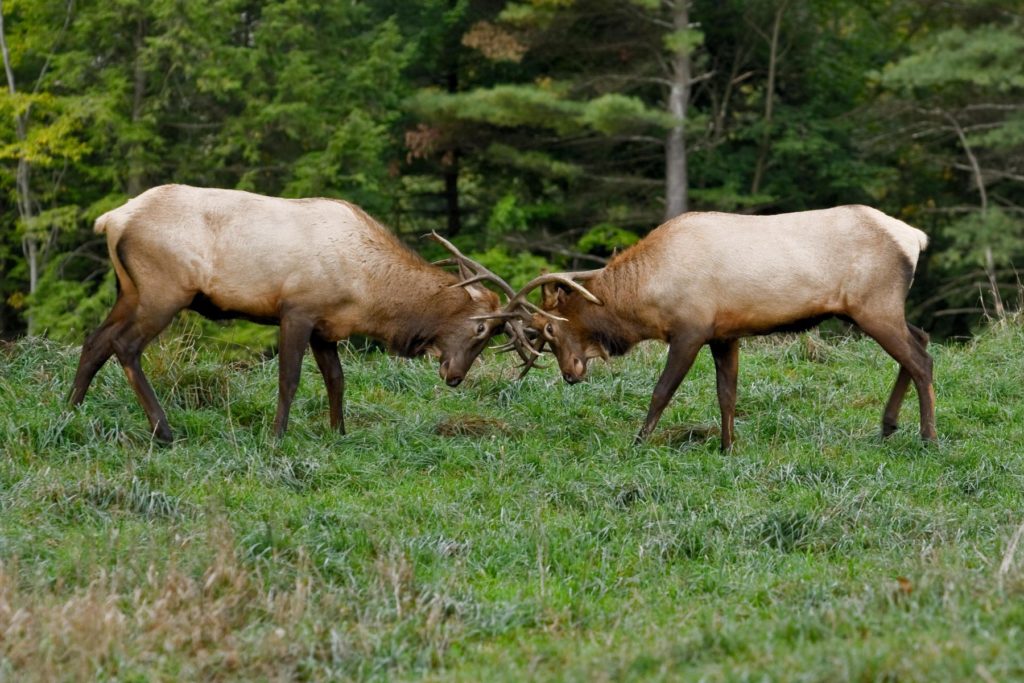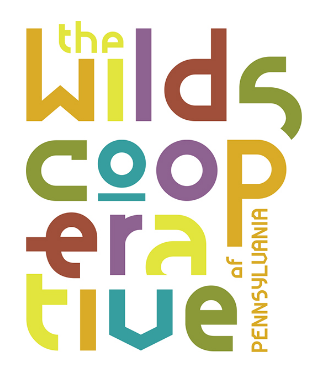Visiting Elk Country? Check out these tips from a local wild elk photographer
“I got into this accidentally,” said Paul Staniszewski, a Pittsburgh native who is known around the Pennsylvania Wilds for his elk photography.
The retired technology instructor said he bought a camera about eight years ago when he and his wife retired to Troutville. They chose the Clearfield County community to be closer to their families and further from the hustle and bustle they’d been accustomed to while teaching for decades in northern New Jersey.
“You just never know what turn your life is going to take…. Until ten years ago, I never owned a camera. I traveled all over the world and wasn’t interested in photography,” he said.

That all changed when a student from Carlow College in Pittsburgh was doing a study on how insect diversity and quantity may determine quality of waterways. She was investigating the water near his home, and she asked him to take some pictures to help.
“I was fascinated by all the detail you could see in these insects,” Staniszewski said.
The next photography project was more personal to him. The Staniszewskis were set on being surrounded by nature in their new home, but soon came to realize that when winter struck, the lush greens and colorful flowers were replaced with more muted tones and snowy white.
“The house is all windows. It was great seeing all the greenery, and we planted flowers all around the house,” he said, adding that those flowers soon became the focus of his newfound hobby. “I began photographing the flowers around our house to decorate the interior, with the idea to have more color inside in the wintertime.”
That was just the beginning. He was encouraged by friends and artisans in his area to continue building his portfolio.
It wasn’t long before his images were winning contests at the Clarion Autumn Leaf Festival. He became a resident fine artist at the Winkler Gallery of Fine Art in DuBois and a juried artisan in what was then the PA Wilds Artisan Trail, today the Wilds Cooperative of Pennsylvania.
The Elk Country Visitor Center encouraged PA Wilds artisans to submit images, and Staniszewski’s floral photos were accepted. It wasn’t long before he turned his attention to the unique wildlife nearby.
While elk once roamed freely in Pennsylvania, hunting and habitat exploitation caused the elk to disappear by 1867. Beginning in 1913, elk were reintroduced to Pennsylvania. Today the herd is approaching 1,000.
“I went out and I ended up teaching myself how to photograph the elk,” he shared. “I almost exclusively photograph elk today, and I try to capture the personality of each animal I’m photographing.”

His images of elk can now also be found at the Elk County Council on the Arts in Ridgway and Fair Lady & Company in Punxsutawney, and they’ve been purchased by a local hotel for interior decor. Staniszewski has also been featured in magazines, newspapers and TV programs, but he notes that his passion for photography has grown to include two priorities.
“I have two goals. I’m aiming to protect and promote elk herd as a unique natural resource and a state and national treasure to be enjoyed by present and future generations, and to elevate elk photography as an accepted art form,” he said.
Over the years, Staniszewski has devoted much time to honing his skills and learning about the local wild elk herd. He makes the 40-mile trip up to Elk Country quite regularly — often going three times a week during the fall rut, or mating season, and two to three times per month otherwise.
“I put over 5,000 miles on my vehicle related to photographing the elk last year,” Staniszewski said. “I like to be up there at first light, so I’ll often leave home around 4:30 in the morning to get there by 5:30.”

He noted there are certainly challenges with wildlife photography, but the trips to Elk Country never get old.
“It can be difficult when photographing wildlife to get the background, foreground and subject all into focus. If I take 100 pictures and come home and two to five are really keepers, I’m extremely happy,” he said. “I have tens of thousands of photos. But still, when I go up to Elk Country, I get an adrenaline rush to be there to be able to take these pictures.”

TIPS FOR PHOTOGRAPHING WILD ELK
While Staniszewski doesn’t typically provide elk photography tours, simply because there’s no guarantee that elk will be found, he certainly has pointers for others interested in seeing or photographing the elk.
Visit Elk Country and drive around.
“There are a number of elk viewing areas around Benezette and there are also food plots maintained by the Pennsylvania Game commission. The Elk Country Visitor Center offers trails and acres of land for the herd, too. But it’s not always where you go that’s important; it’s when you go.”
Know the best time to find them.
The fall is when most people make the trek, but the herd is there all year round. The elk stay out until about 9 a.m. and then reemerge sometime after 4 p.m. until dark. “In between, it’s almost impossible to find them. However, during the winter or days of inclement weather or on cloudy days, the elk can be found at almost any time in the open fields or food plots.”
Be aware of your surroundings: stop, look and listen.
“They could be closer than you realize.”
Be prepared and have your equipment ready.
“When you see an elk, the opportunity to get a photograph may last a few brief seconds, so stay calm and make sure that you are ready for action. Photographing elk is often characterized by hours of inaction, followed by a short period of hectic action and then a return to inaction. If you need to scramble to get your equipment set up, bring the subject into focus, or to set the proper exposure, you’re going to miss the opportunity for unique photos. Being prepared will give you the best chance for success.”
Remember they’re wild animals, and there’s no guarantee you’ll find them.
“I can go to a food plot and see 12 elk there. But you go back in the morning and those elk could be 20 miles away. You can’t predict where they’re going to be. Remember that elk are wild animals and there is no guarantee that they will cooperate and give you the time and the perfect pose that you want to capture.”
To see more of Staniszewski’s elk photography, visit his ShutterStock page here.
**All elk photographs for this article were provided by Paul Staniszewski.
Paul Staniszewski is a juried artisan member of the Wilds Cooperative of Pennsylvania (WCO), one of rural Pennsylvania’s largest networks of creative entrepreneurs. The WCO is the main program through which small businesses and nonprofits engage with the Pennsylvania Wilds brand, networks and platforms. Visit WildsCoPa.org to learn more.
**Images of Paul in the field were taken by Katie Weidenboerner Deppen for the Creative Makers of the Pennsylvania Wilds — A Traveling Public Art Show. Learn more here.



